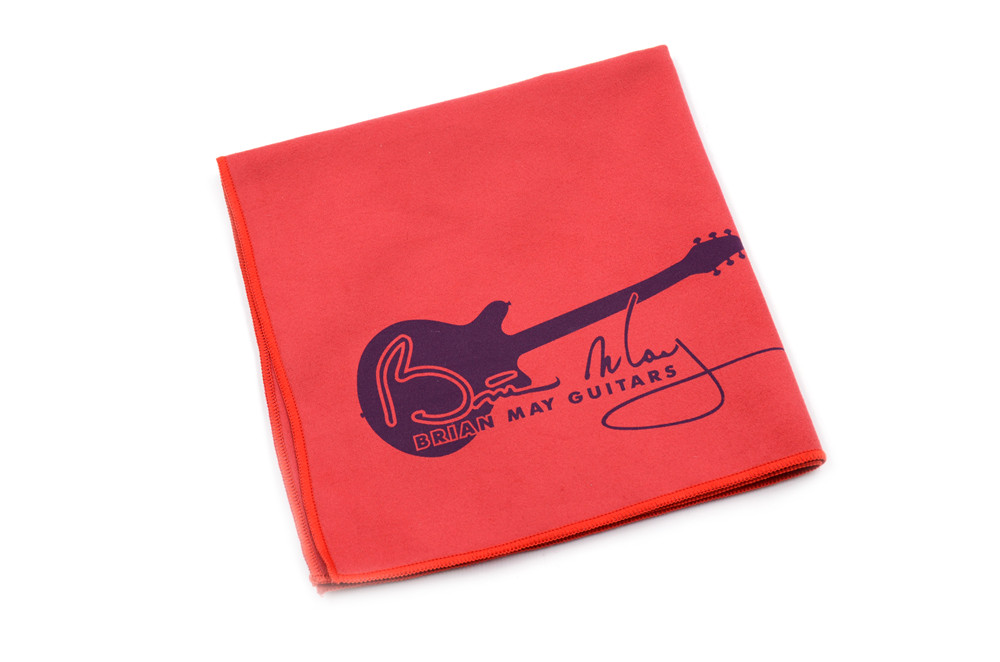Polypropylene is the trade name for polypropylene fibers. Polypropylene began industrial production in 1957. Because the raw material only needs propylene, the source is extremely rich, the price is low, and the production process is simple. It is the cheapest synthetic fiber at present. Polypropylene has good performance and rapid development. Its production is second only to polyester, nylon and acrylic in the world.
1. Production of polypropylene
The polypropylene producing the polypropylene fiber is produced by a solution polymerization method. The thermal decomposition temperature is 350 to 380 C, and the melting point is 150 to 176 C, so the soft spinning method is employed.
2. Characteristics and use of polypropylene
Relative Density: Polypropylene is the smallest total density of all synthetic fibers, so it is the lightest, and the unit weight of fiber can cover the largest area.
Strength: The strength of polypropylene is similar to that of high-strength polyester fiber and nylon in synthetic fiber, but its strength does not change in wet state, which is better than nylon.
Abrasion resistance: The flatness of polypropylene is second only to nylon, but it is slightly less resistant to sharpening. Corrosion resistance: Significant stability to inorganic acids and bases.
Hygroscopicity: Polypropylene has a very low hygroscopicity and a low shrinkage rate.
Disadvantages: poor light resistance, poor dyeability, high electrostatic properties, and poor flame resistance.
In addition, polypropylene, like other synthetic fibers, is less prone to mold, rot, and not afraid of insects. Polypropylene is mainly used for carpets (including carpet backing and suede), decorative fabrics, geotextiles, non-woven fabrics, various ropes, strips, fishing nets, building reinforcement materials, packaging materials, etc. Among them, polypropylene non-woven fabrics are attracting attention due to their large application in baby diapers and sanitary napkins. Polypropylene can also be blended with a variety of fibers to make different types of blended fabrics, knitted into garments, sportswear and so on. The floc made of polypropylene hollow fiber is light in weight, warm and elastic.
Various products of Musical Instrument Cleaning Cloth, providing product images and basic parameters with each Musical Instrument Cleaning Cloth and Musical Instrument Wipe Cloth; We are a professional Chinese manufacturer of Musical Instrument Cleaning Cloth, and look forward to your cooperation!

Musical Instrument Cleaning Cloth
Musical Instrument Cleaning Cloth,Violin Cleaning Cloth,Guitar Cleaning Cloth,Clarinet Cleaning Cloth
Danyang Flanders Textile Co., Ltd , https://www.flandersmicrofiber.com